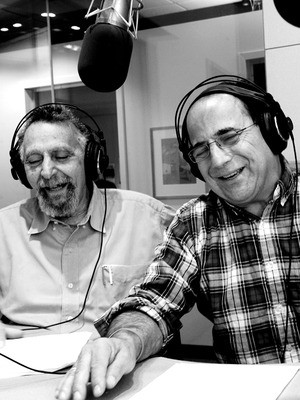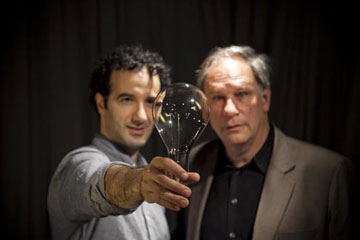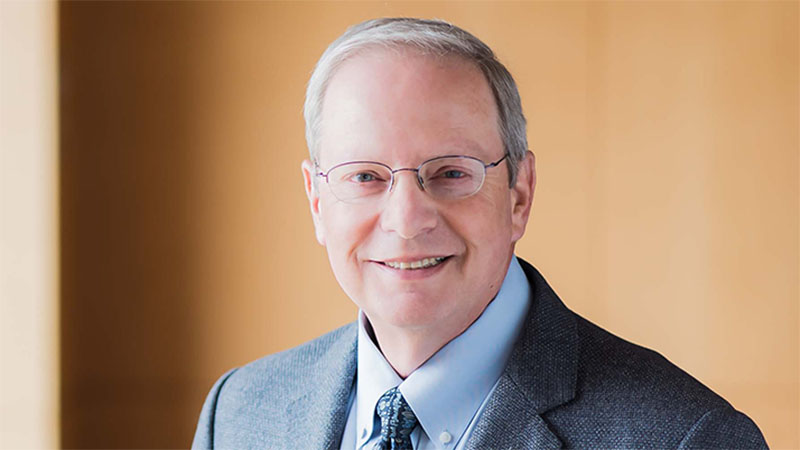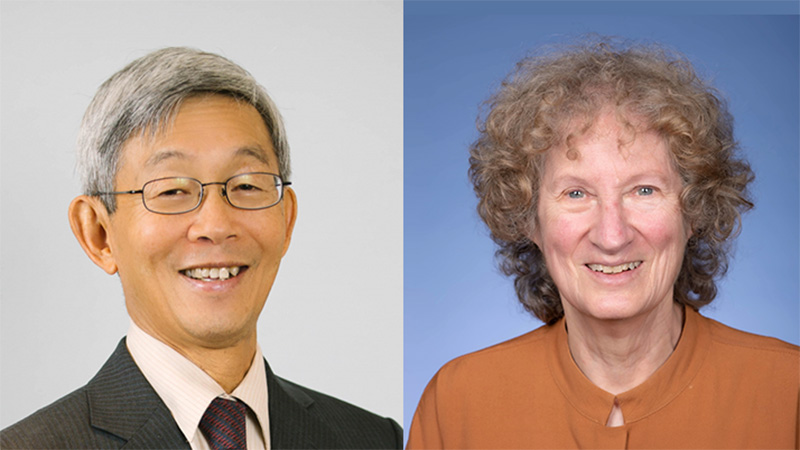

Here is today’s GeriPal puzzler: what can medicine learn from Click and Clack, the Car Talk guys?
Give up? I did after guessing that maybe it’s how to fix a patient’s carburetor. Lucky for me though, last weeks JAMA gave me the answer in the first sentence of an editorial by Gurpreet Dhaliwal:
“Students learn reasoning by listening to others reason.”
And there is no better example of problem solving and clinical reasoning than Tom and Ray Magliozzi, the hosts of Car Talk. Dr. Dhaliwal gives us some specifics in his editorial about how Click and Clack demonstrate elements of clinical reasoning, including:
- Building the rapport that is critical to eliciting a good history and using humor to do so
- Generating and selecting hypotheses by initially making many diagnoses based on the history then verifying or rejecting those hypotheses by further questioning
- Showing how experience and study provide the potential solutions that lead to efficient information gathering.
- Demonstrating “problem representation” by making a “succinct and meaningful statement that allows them to search their mental files for solutions”
- Using multiple problem-solving strategies including pattern recognition and analytical reasoning.
- Prioritizing the differential diagnosis by highlighting the issues that require urgent attention.
- Getting frequent feedback by creating a regular “Stump the Chumps” feature
I love Dr. Dhaliwal’s article as I now find myself paying attention not just to what Tom and Ray are saying, but why they are saying it (“oh, this is Tom’s problem representation” was something I told myself today).
But, why stop at Car Talk? There are a lot of other lessons that we can learn from NPR on the way to work. Radiolab is a great example of how to one can use an old medium (radio or your next grand rounds) to teach complicated subjects (like stochasticity or ethics) in an accessible and stimulating manner.
 |
| Radiolab’s hosts – Jad and Robert |
How do they do it? The two hosts Jad Abumrad and Robert Krulwich, use a lot of methods to engage the listener, including sound design, pacing, and unscripted interviews. In addition, Radiolab includes elements that generally would be edited away in conventional shows, like the banter that occurs between the two hosts or their guests. Why? Radiolab host Jad Abrumrad said in a NY Times episode:
“You’re trying to capture the rhythms and the movements, the messiness of the actual experience.”
Maybe this is what is missing in medical education – the messiness of real life. A talk about heart failure is fine, but it does little to prepare you for a patient that is much more than a failing heart. Adding a sense of chaos and disorder may strengthen the links between what you learn in a lecture and what you see in on the medical wards or in clinic.
One way Radiolab achieve’s this disorder is by taking away the usual hierarchy between the journalist and the audience. Traditionally the journalist is well researched and acts as a data dump to the audience. In radiolab, the hosts give the impression that they are learning with the audience. The hosts often start with a curious aspect of life and they work down the path to learn about what it means. In the end, we feel like we have learned together.
Radiolab and Car Talk both put the process of reasoning and discovery on display for all to see, which make them a refreshing break from the normal trappings of grand rounds or your standard medical student lecture. So maybe in the next talk that I give, I’ll try something different. Instead of trying to pretend that I knew the answer before the question was posed, I’ll open the curtain and spend more time on the process of discovery.
by: Eric Widera (@ewidera)



